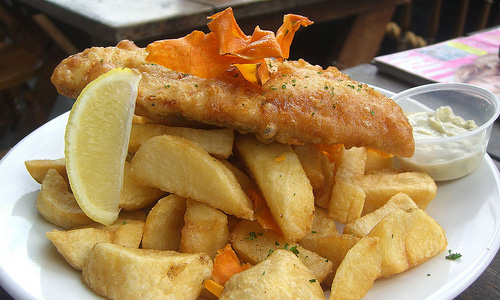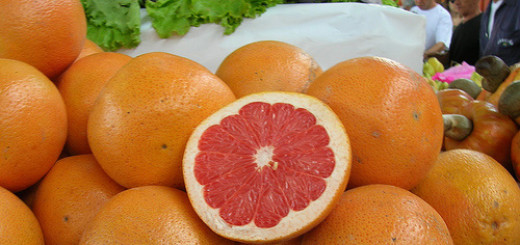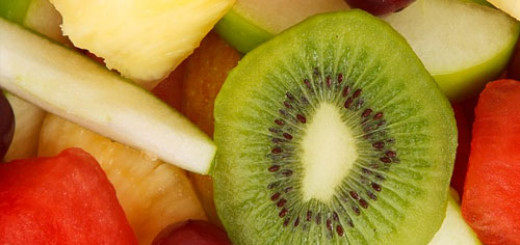What Is The Difference Between Good Cholesterol And Bad Cholesterol?

We women frown upon hearing the word ‘cholesterol’, don’t we? But friends, did you know that there is a type of cholesterol in our bodies that doctors term as ‘good cholesterol’? Yes, we know that’s hard to believe, but it’s true. Read on to know more.
Why is cholesterol important for our bodies?
Before we start explaining medical jargon, let’s start with one basic question. Why is cholesterol important? Well, cholesterol is important because your body uses it to produce estrogen and other hormones. It helps your body produce bile acids and in the production of Vitamin D. It also helps your body to build certain structures of your body cells. Cholesterol also aids the body metabolism to function properly. Cholesterol is made by the liver and is transported through the body via two forms: Low density lipoprotein (LDL) cholesterol and High density lipoprotein (HDL) cholesterol.
Bad cholesterol
Now that we’ve assured you of the importance of cholesterol, let us take a look at LDL, which is the ‘bad cholesterol’. The reason why it’s called ‘bad cholesterol’ is because LDL can cause artery blockage. Most of what LDL carries is fat, and not protein. A high level of LDL is certainly a risk, not only for obesity, ladies, but also for atherosclerosis and coronary artery disease. Foods like full fat dairy products, fried snack foods, processed meats, cakes and those deep fried takeaway foods are high in LDL. So now you know what to stay away from.
Good cholesterol
Here is the good news, ladies. HDL is good for you. Think of it as your friend because HDL will move around your body and remove all the excess cholesterol from the body cells. It also removes the excess cholesterol from the arteries. This is exactly the reason why there is a term called HDL to LDL ratio. The higher the ratio, better it is for you. It’s no rocket science, is it? A high HDL to LDL ratio lessens the chances of artery blockage and heart diseases. Nuts, olive oil, sunflower oil, walnuts and soybeans are some of the foods that contain fats which help to produce HDL, or good cholesterol.
Your dietary plan
Just because certain foods we mentioned above help to produce LDL, does not mean that you avoid them totally. We don’t want to do anything in extreme, do we? We suggest that you maintain a balance by following healthy eating habits and a regular exercise regime. We think that choosing low fat products are better than their full fat counterparts. Lean meat cuts, margarines, fish, fresh fruit and vegetables and nuts should be a vital part of any diet plan to help you reduce the LDL levels.
We think that this should arm you with some basic knowledge about good and bad cholesterol. Now that you have knowledge by your side, fight LDL with a balanced diet and a super healthy lifestyle.





